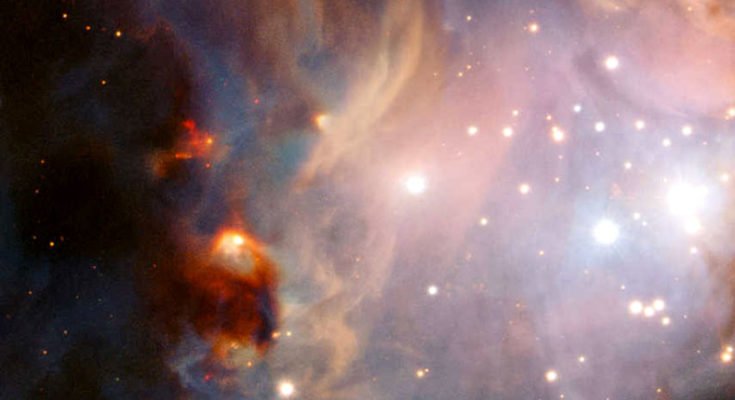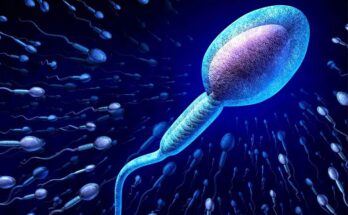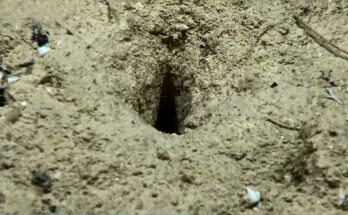Pictures of Regional Dust Storm on the Red Planet. Image Courtesy – The California Academy of Sciences
The Mars Orbiter Mission “Mars-craft” named “Mangalyaan” was launched on 5th November 2013 by the Indian Space Research Organisation, started its activities on Wednesday by activating five scientific instruments. It posted an anaglyph 3D Image of Mars which was a combination of two pictures. The Mars Colour Camera started its function on September 24, and since then it transmitted a number of images of Mars.
Mars Orbiter Mission consists of five scientific tools named Mars Colour Camera (MCC), Thermal Infrared Imaging Spectrometer (TIS), Methane Sensor for Mars (MSM), Mars Exospheric Neutral Composition Analyser (MENCA), and Lyman Alpha Photometer (LAP). Their primary objectives are:
(i) Optical imaging
(ii) Mapping surface composition and mineralogy
(iii) Detection of Methane presence
(iv) Study of the neutral composition of Martian upper atmosphere
(v) Study of Escape Processes of Martian upper atmosphere through Deuterium/Hydrogen.
These scientific equipment are to observe the surface, atmosphere, and exosphere of the Red Planet extending up to 80,000 km. A comprehensive study can be performed on related geologic and possible biogenic processes on the Red Planet.
According to the NASA-ISRO satellite mission, signed on 30th September 2014, the two agencies are collaborating on Mars exploration. The Mars Orbiter Mission of ISRO entered the orbit of Mars 2 days after the MAVEN spacecraft of NASA entered Mars’s orbit. The Mars Orbiter Mission is the cheapest inter-planetary mission so far with a cost of Rs. 450 crore. One significant thing is that India is the 1st country to reach Mars in the first attempt. The European, American, and Russian also have managed to reach Mars, but after several attempts.
This joint venture of NASA-ISRO of the joint Mars working group was scheduled to occur at the same time when Prime Minister of India Mr Narendra Modi and US President Mr Barack Obama on Tuesday during their summit in Washington, declared the prospect of a joint mission to the Mars will be explored.
An analysis may be done on data collected by Lyman Alpha Photometer since it will scrutinize the process of losing water from the Martian Atmosphere, which is also a similar objective of MAVEN. Former ISRO chairman Mr U R Rao welcomed the joint venture of the two groups of NASA and ISRO, and he said that it would boost scientific studies and developments of both countries.






I do accept as true with all of the ideas you’ve introduced on your post.
They’re really convincing and can definitely work.
Still, the posts are too short for beginners. May just you please lengthen them a little from subsequent time? Thank you for the post.